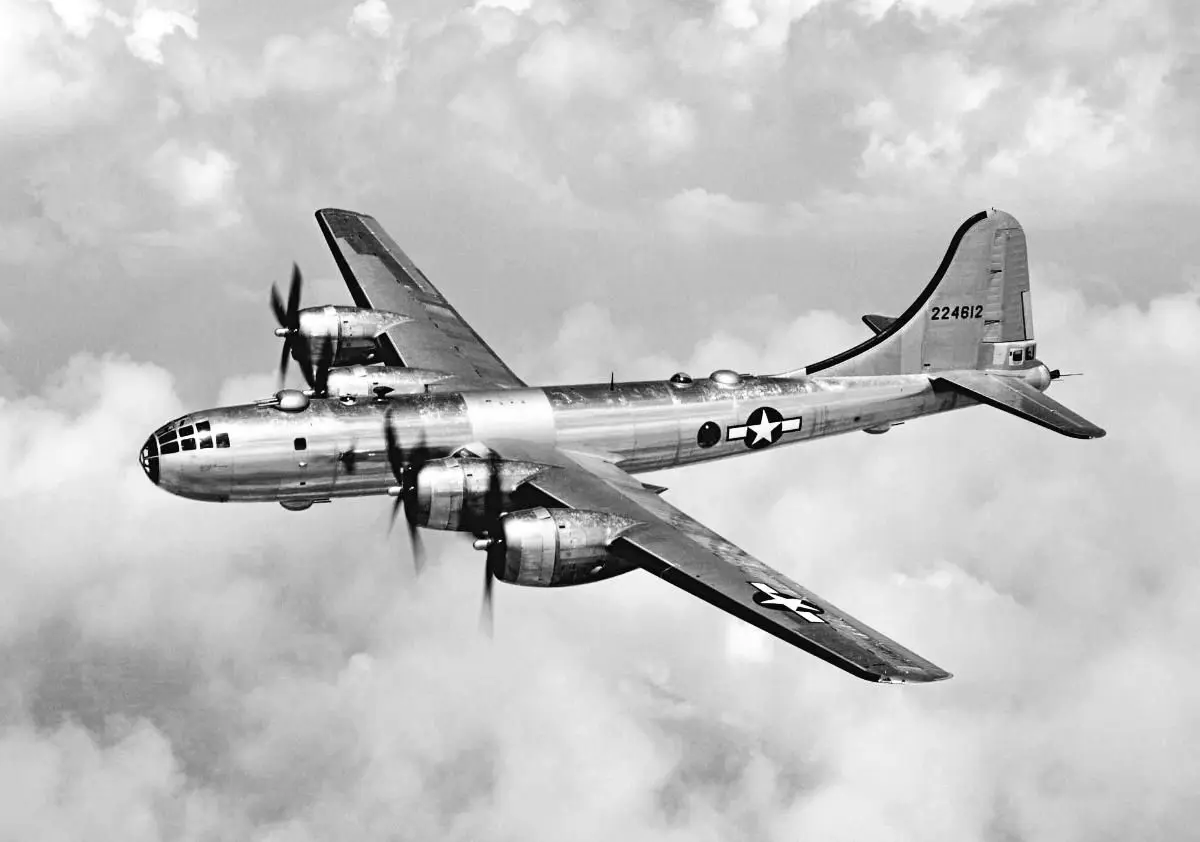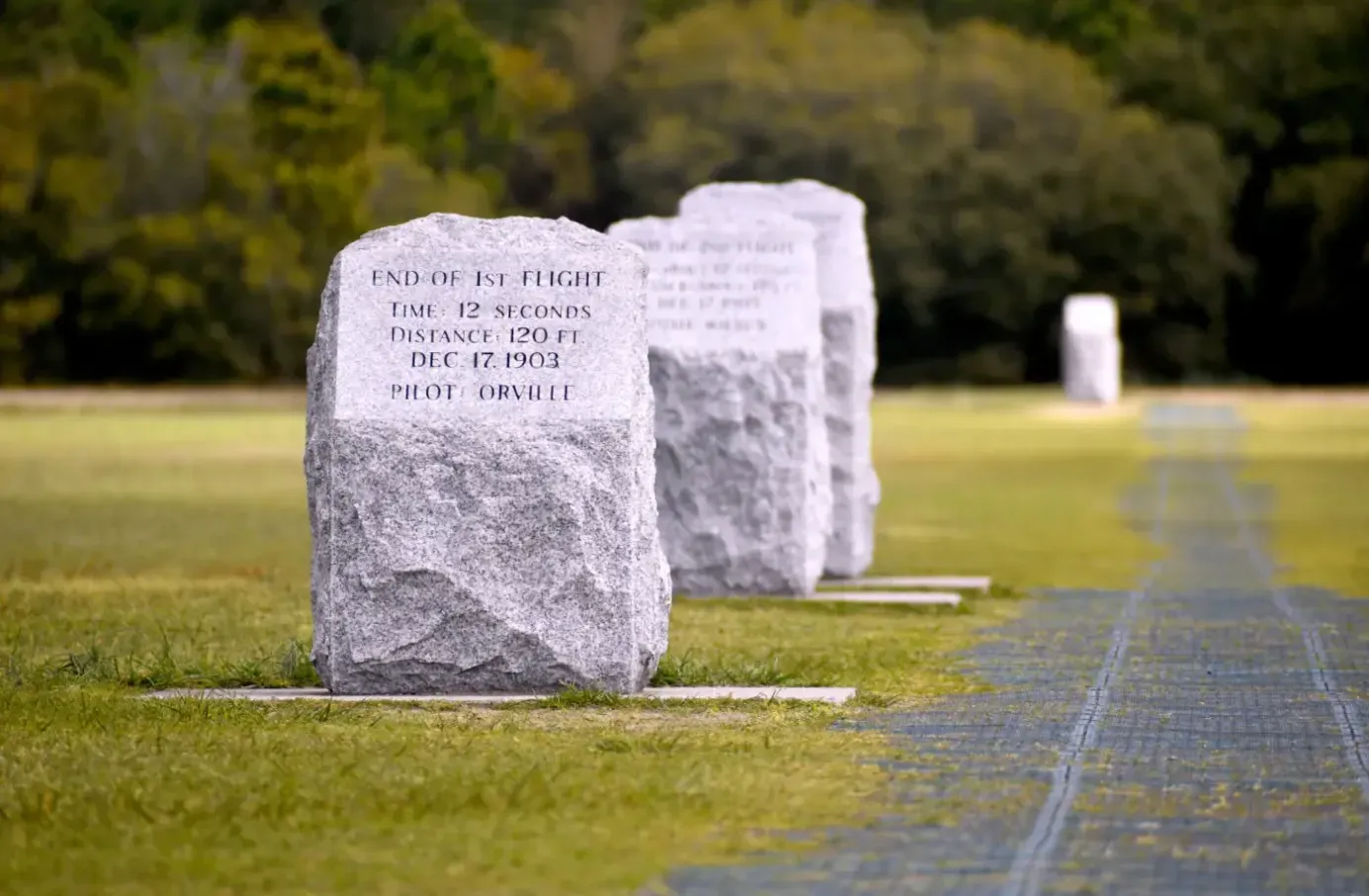
The First Boeing Aircraft: A Look Back In Time
Discover the story of the first Boeing aircraft, from its inception as a simple seaplane to Boeing's later commercial success. Get to know the history of the first Boeing airplane.
Table of Contents
Boeing is synonymous with aviation's beginning, boasting a rich history of over a century. So, it's only natural that many people are curious about the company's first aircraft. And if you're one of those individuals, you're in the perfect place.
The first Boeing airplane was aptly named "Model 1." However, its other title was the "B & W Seaplane," showcasing the initials of its designers, William Boeing (founder of The Boeing Company, formerly called the Pacific Aero Products Company) and Lt. George Conrad Westervelt (US Navy engineer and co-founder of Pacific Aero Products Co., Boeing being the other founder).
The amphibian biplane performed spectacularly upon taking the skies in June 1916. And the rest, you could say, is history.
Boeing First Airplane: The Inspiration
While Boeing is the name assimilated with the beginning of aviation, the two brains who constructed Model 1 weren't the aircraft's creators.
In fact, William Boeing initially experimented with boat design. It wasn't until he traveled to Seattle and saw a manned flying vehicle for the first time that he took an interest in the craft. He later purchased an airplane from Glenn L. Martin Company, where he had taken flying lessons.
Upon flying the plane, Boeing's test pilot Herb Munter, crashed it, damaging the craft. And after being told by the company that replacement parts wouldn't be ready for months, he turned to his friend Lt. George Conrad Westervelt to build a better plane faster.
Constructing the B & W Seaplane (Model 1)
Taking inspiration from the now-crashed plane, Boeing and Westervelt constructed Model 1 from linen, wood, and wire — humble materials for what would become such a milestone in aviation history.
The wooden-framed seaplane carried two pilots and sported better pontoons and a meatier engine than the Martin TA Trainer owned by Boeing.
Despite the historical significance of the aircraft to historians, only two examples of Boeing's first airplane were constructed. Boeing and Westervelt notably offered them to the US Navy but to no avail.
Upon finding nothing but defeat with the Navy, they turned to the New Zealand Flying School, marking the company's first cross-border sale.
As time ticked forward, New Zealand utilized the B & W Seaplane for express and airmail deliveries and for setting the country's altitude record of 6,500 feet on June 25, 1919.
A Technical Look at the Boeing Model 1
For its time, the B & W Seaplane boasted unique specifications, as you'll see from the table below:
| Span | 52 feet |
| Length | 27 feet 6 inches |
| Gross Weight | 2,800 pounds |
| Top Speed | 75 mph |
| Cruising Speed | 67 mph |
| Range | 320 miles (514.99 km) |
| Power | 125-horsepower Hall-Scott A-5 en |
Success Truly Began with the Model 2
While selling the first model to the New Zealand Flying School was a remarkable achievement, the Boeing company found some real success upon developing its relationship with the US military when the US entered World War I.
The aircraft included in the Model 2 series (i.e., Model 2, Model 3, Model 4, and Model 5) were sold to the Navy, and Boeing constructed 56 Model 2 aircraft from 1917. Like Model 1, Model 2 was a two-seater training seaplane.
This time, the US Navy didn't look the other way when Boeing approached them. The outcome was quite the opposite — they purchased 51 seaplanes. Even the US Army bought two, which were converted for ground usage.
As you can imagine, these early sales motivated the company to continue manufacturing aircraft. And even though the years following World War I were challenging, the company didn't waste time, working on its next development soon after. In the following decades, Boeing developed some of the most iconic aircraft in the aviation world - Like the B-52 Stratofortress and B-29 Superfortress.
Model 6 Marks Boeing's Move to Commercial Markets
The Model 6 or B-1 flying boat was the company's first offering to the commercial sector. Again, it was a seaplane and took its first trip through the clouds in 1919, carrying a pilot, two passengers, and mail.
That said, only one Model 6 was sold and used for mail carrying during the 1920s. However, as the present tells us, that didn't stop Boeing — commercial mail models continued, and the Model 1 even inspired a luxury watch, the Bremont Boeing Model 1.
Boeing was a bonafide pioneer in the aviation industry, paving the way for modern aircraft to take flight.
Also read:



Planenerd Newsletter
Join the newsletter to receive the latest updates in your inbox.







